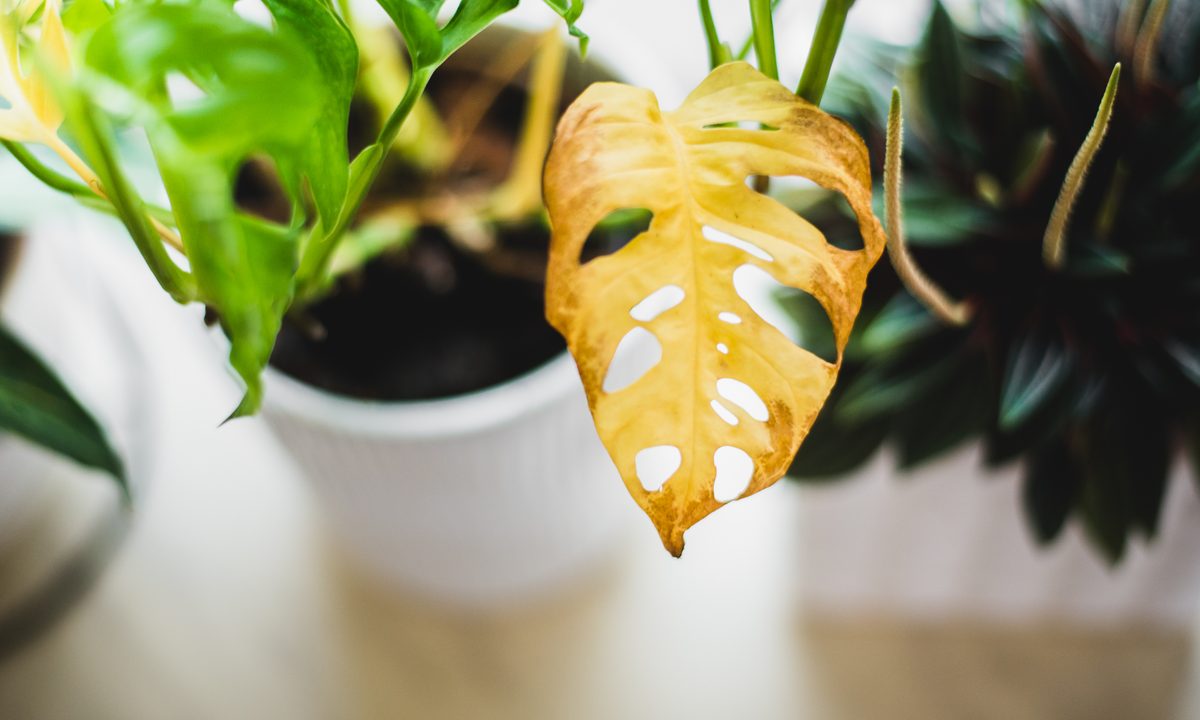Caring for plants can be tricky, since plants can’t communicate their needs like people and pets do. Just because plants can’t make sounds or gestures doesn’t mean it’s impossible to tell what they need, though. One of the easiest ways to identify what a plant needs is to check its leaves. Leaves that are drooping, wilted, dry, or changing colors can indicate a change or problem. Knowing that there is a potential problem isn’t always enough to understand what your plant needs, so here’s a guide to what yellow leaves on plants mean and what to do about them.
Are yellow leaves on plants always a bad sign?
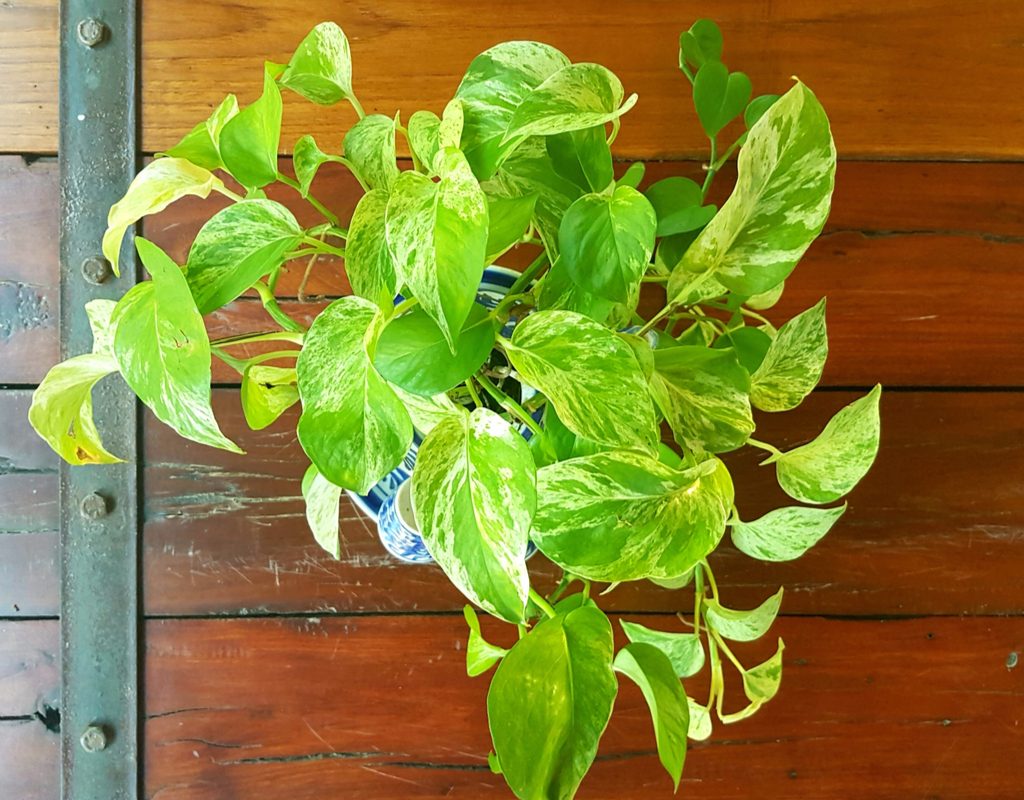
There are a few cases where yellow leaves on plants are perfectly normal and not a cause for concern. Many plants develop yellow leaves during autumn as a sign that the seasons are changing and they are preparing to go dormant for the winter. While we think of this primarily as something that happens to trees, most plants (except for evergreens) go through this.
Some plants also have naturally yellow leaves. Certain varieties of plants like pothos, coleus, hoya, and croton can have leaves ranging from yellow-green to bright, sunshine yellow. Additionally, many plants with colorful foliage exhibit brighter, more vivid colors when exposed to more sunlight. So, if you’ve recently bought a coleus plant from a nursery where it was kept mostly in shade, and its leaves are becoming a brighter yellow, this could be the cause.
What can cause yellow leaves?
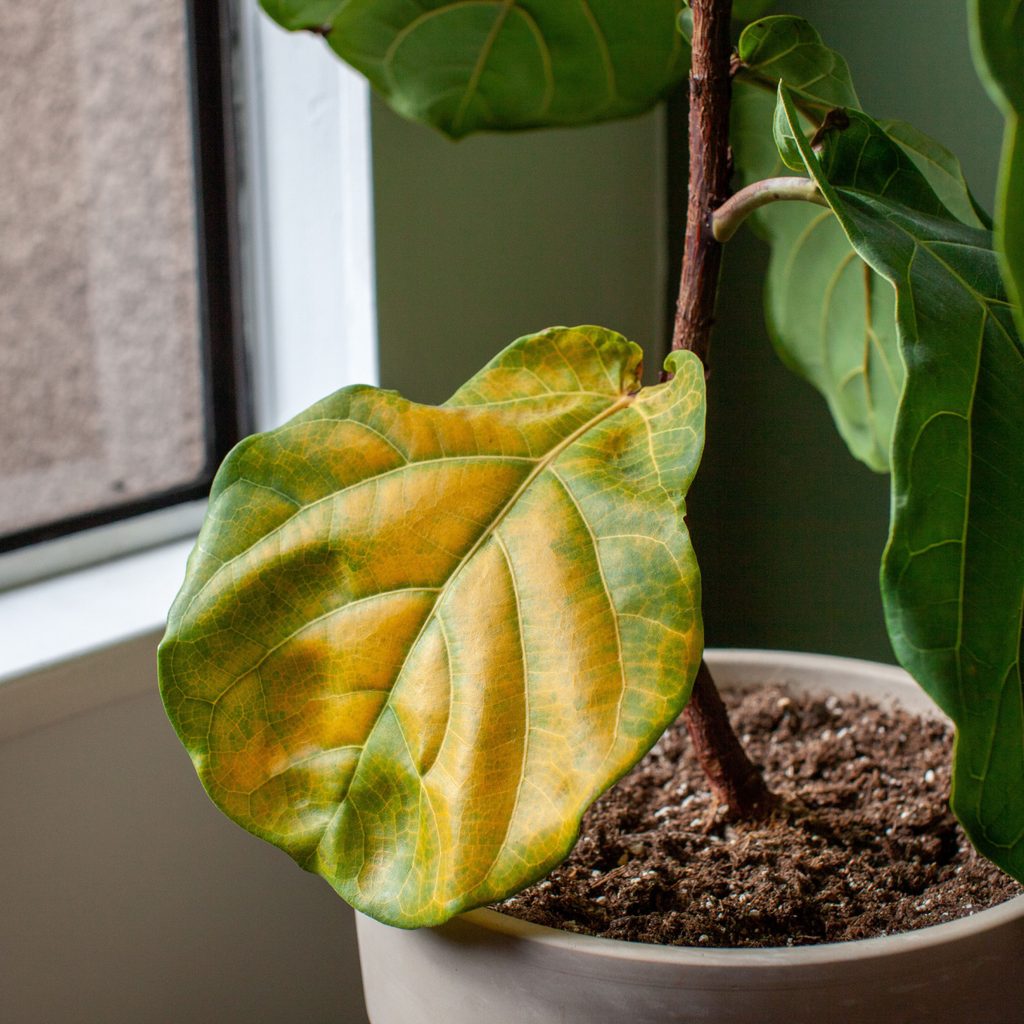
If the yellow leaves on your plant aren’t caused by the seasons changing or naturally occurring, then they’re most likely a sign of an imbalance in their care. The most common example is too much or too little water. Both underwatering and overwatering can cause yellow leaves on plants, with overwatering causing limp, soft leaves and underwatering causing brittle, dry leaves.
Too much or too little light can also cause yellow leaves on plants. Too much direct sunlight can cause sunburns, which begin as yellow patches on leaves that line up with where the sunlight touches the leaves. If left in the light, the burns darken to brown or black. Leaves that are turning yellow due to not enough light can be paler or just more uniform.
A nutrient imbalance is the other potential cause, but it is a little harder to diagnose than the other causes. Depending on the nutrients that are out of proportion, your plant could develop solid, bright yellow leaves or yellow veins or yellow leaves with green veins. The easiest way to diagnose this cause is to first rule out the other potential causes. Then, test your soil and review your fertilizing routine.
How to fix yellow leaves on plants
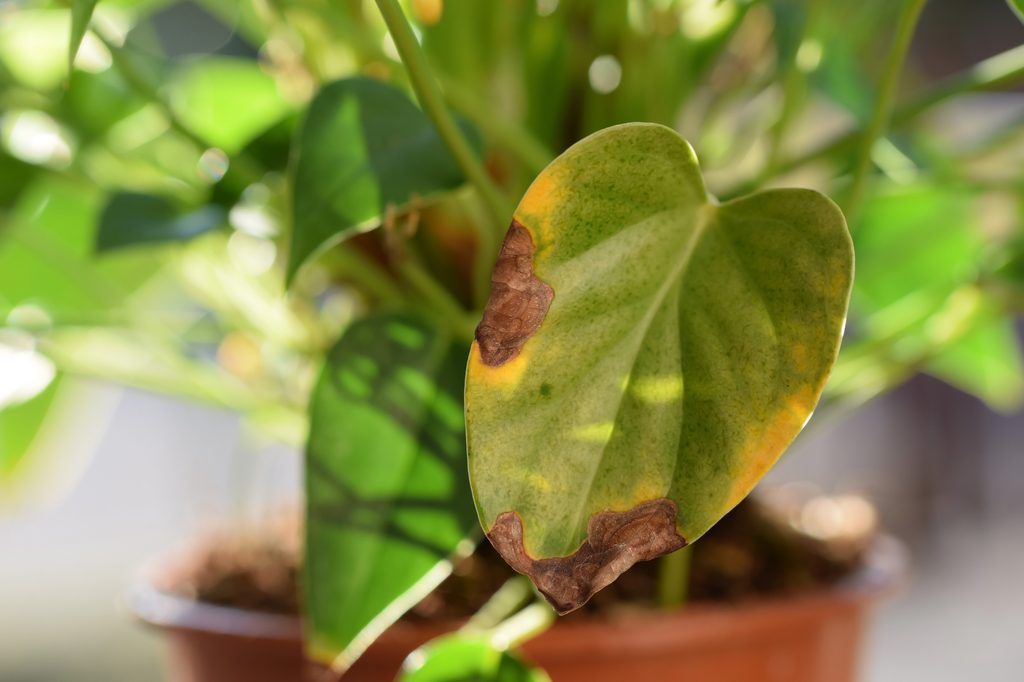
Unfortunately, once a leaf turns yellow, it can’t turn green again. However, if you can fix the cause of the yellow leaves, you can prevent more leaves from turning yellow and help your plant grow new, healthy leaves.
The simplest problems to fix are the ones where your plant isn’t receiving enough of something. All you need to do is give it more of the thing it is lacking, whether that’s water, light, or nutrients. Be careful not to overwhelm your plant, though! It’s easy to overcorrect, so start slowly, with just a bit of water, light, or fertilizer, and gradually increase it as necessary.
Yellow leaves caused by too much direct sunlight are easy to fix, too. Moving your plant out of direct sunlight or placing a light curtain over the window can both help. If neither of those is an option, rotate your plant every couple of weeks, so that no group of leaves is in direct light for too long.
If the problem is too much water or fertilizer; however, the simplest way to fix it is to repot your plant in fresh, clean soil. While repotting your plant can be messy and time consuming, it’s important to start fresh. Once fertilizer or water is in the soil, there’s no way to remove it except to wait, which would mean leaving your plant in the harmful conditions for longer.
Should you remove the yellow leaves?
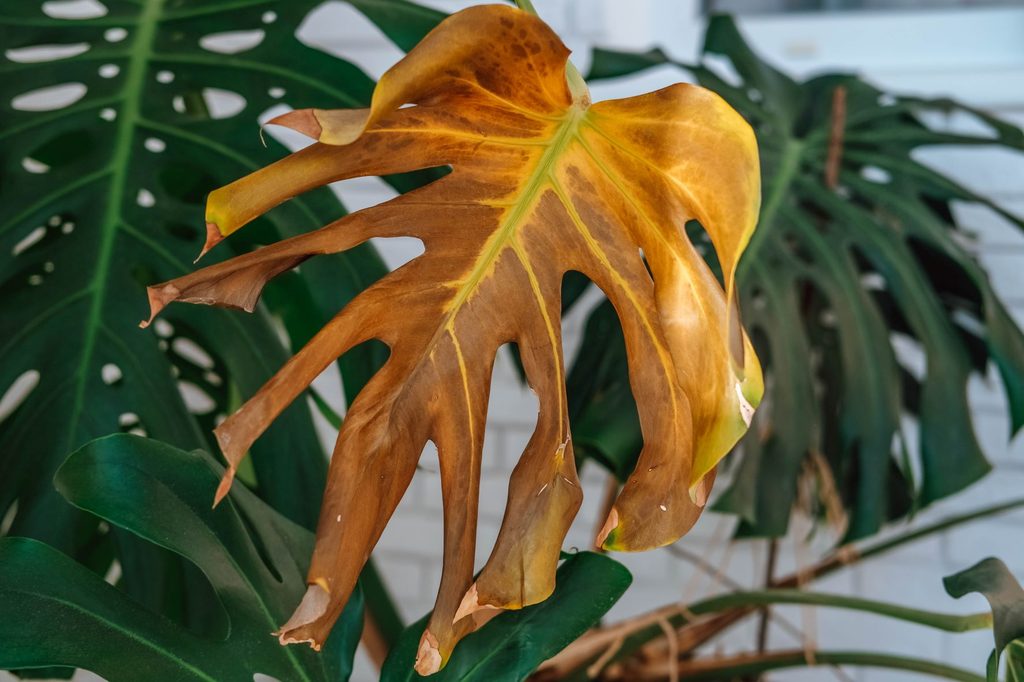
In most cases, the yellow leaves will drop off naturally on their own as the plant recovers and grows new leaves. If only part of the leaf is yellow, the part that isn’t yellow will still be functional, and it may not drop off on its own. Still, if you want to speed up the process, you can remove the yellow leaves yourself. Only remove leaves that are entirely or mostly yellow, since your plant will still need some leaves to survive while it grows new ones, and focus on fixing the problem causing the yellow leaves first. You can throw away or compost the leaves that you remove.
A number of things can cause yellow leaves on plants, and not all of them are bad news for your plant. Many of the problems are easy to fix,, which is good news for your garden. Now that you have a checklist to run through when you see yellow leaves appearing on your plants, you’re ready to handle any problems that occur.
